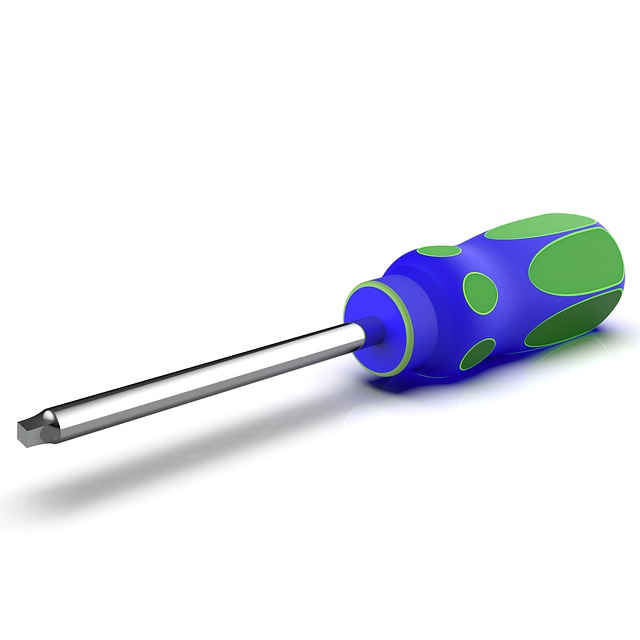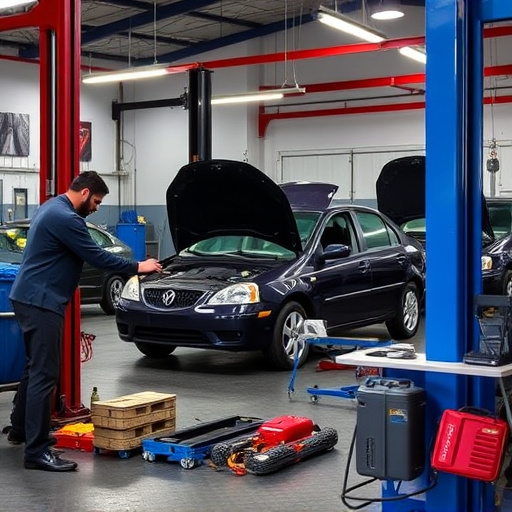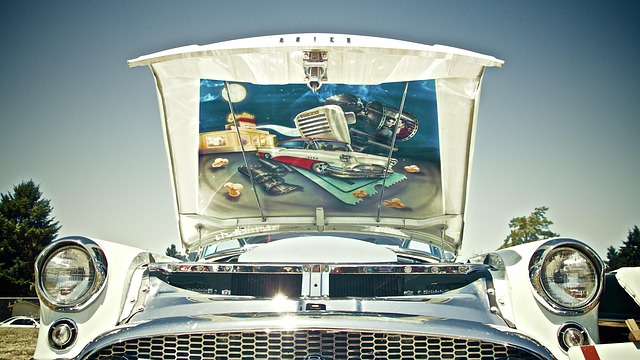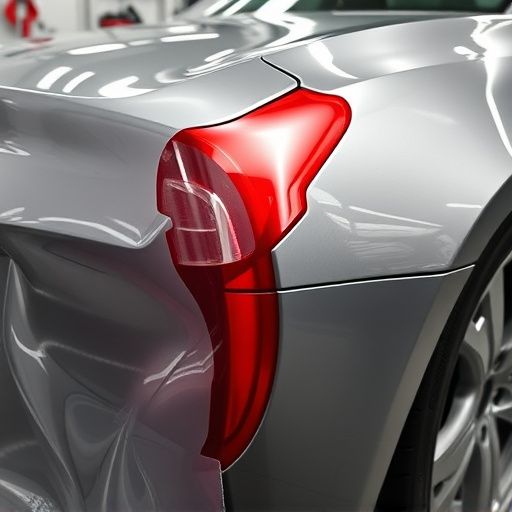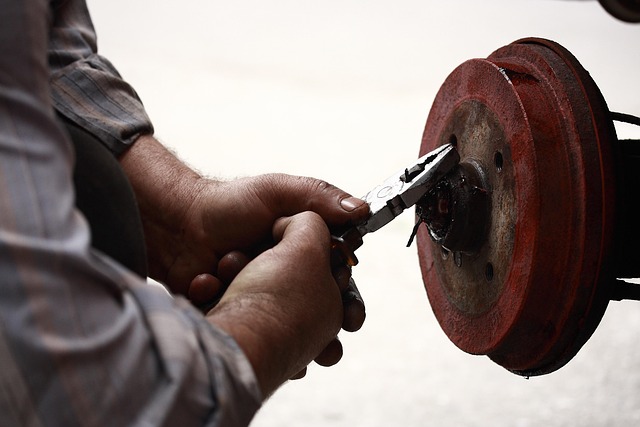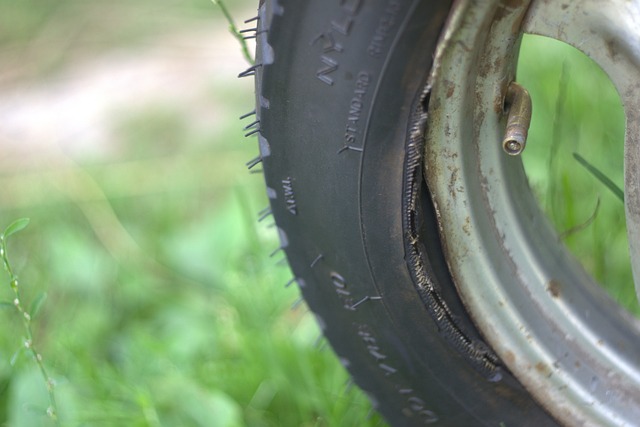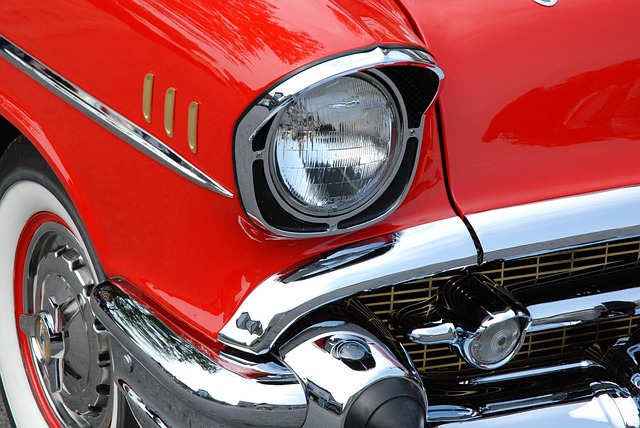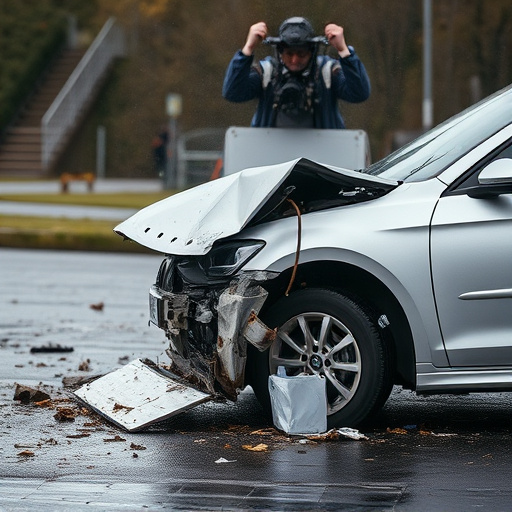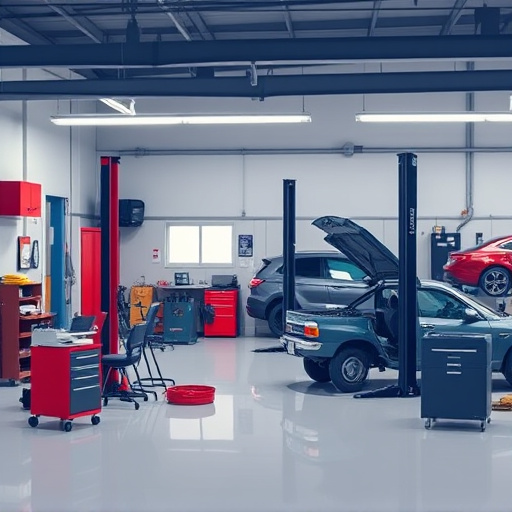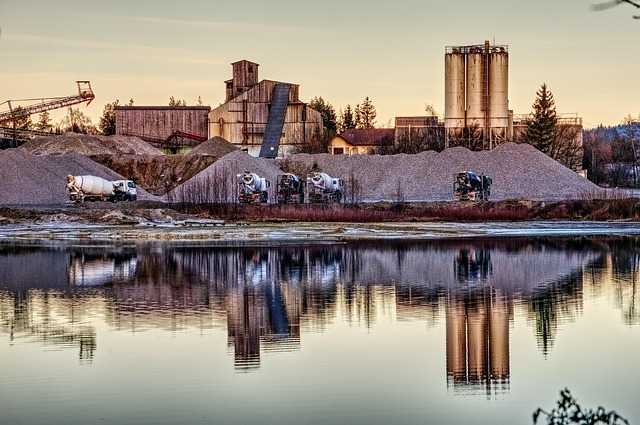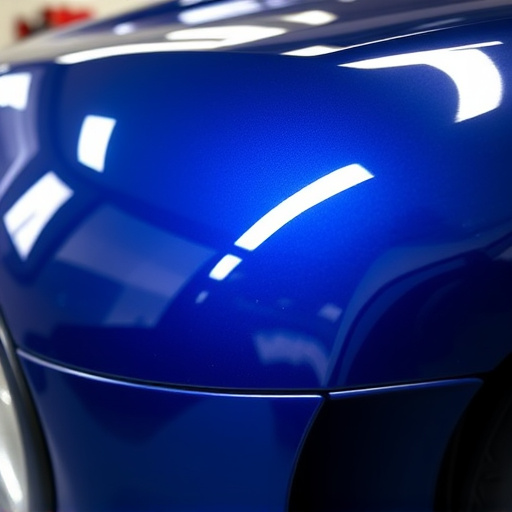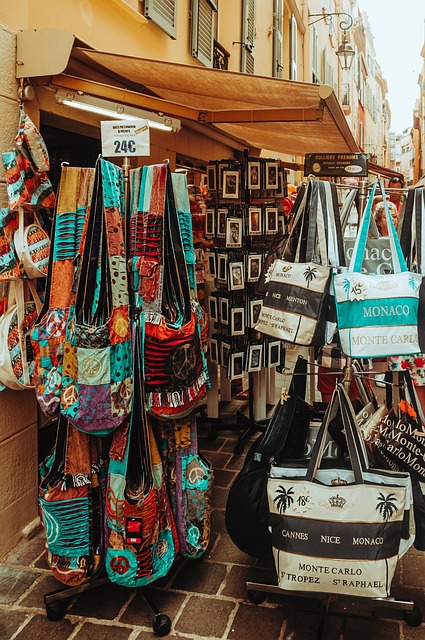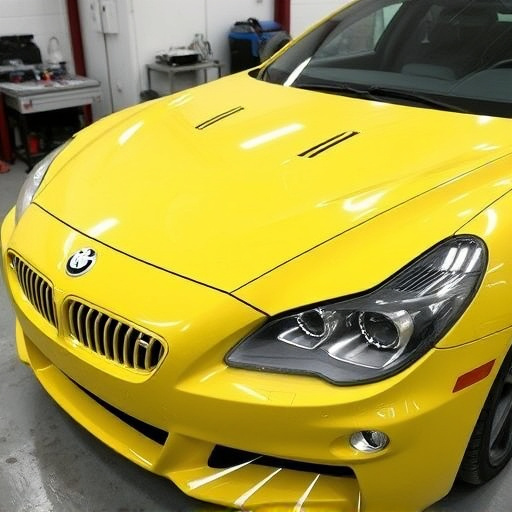After a collision, assess vehicle damage. For minor fixes, DIY kits suffice. Severe damages like hail or bumper impacts require a car body shop's expertise for proper restoration, safety, and specialized repairs using advanced equipment. Consult a specialized car body shop for classic vehicles to preserve historical integrity and value.
After a crash, knowing when to visit a car body shop is crucial for your safety and vehicle’s longevity. This guide helps you navigate the process by understanding key signs of damage, what to expect during repairs, and why prompt action at a professional car body shop is essential. Learn how to assess your vehicle’s needs and take the first step towards restoring it to its pre-accident condition.
- Understanding When to Visit a Car Body Shop
- Assessing Damage: Signs Your Vehicle Needs Repair
- The Process: What to Expect at a Body Shop
Understanding When to Visit a Car Body Shop
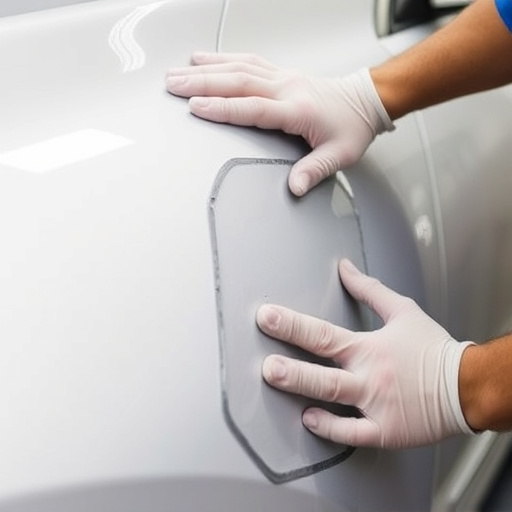
After a collision, many drivers are unsure about their next steps. One crucial decision is when to visit a car body shop for repairs. Understanding when it’s time to seek professional help ensures your vehicle receives the necessary attention and restores safety to the road.
While minor bumps and scratches might be manageable with DIY kits or minor fixes, more severe incidents often require the expertise of auto repair services. Hail damage repair, for instance, is a specialized task best left to professionals equipped with the right tools and knowledge. Similarly, bumper repair, especially after significant impacts, demands precision work to ensure structural integrity and aesthetic restoration.
Assessing Damage: Signs Your Vehicle Needs Repair
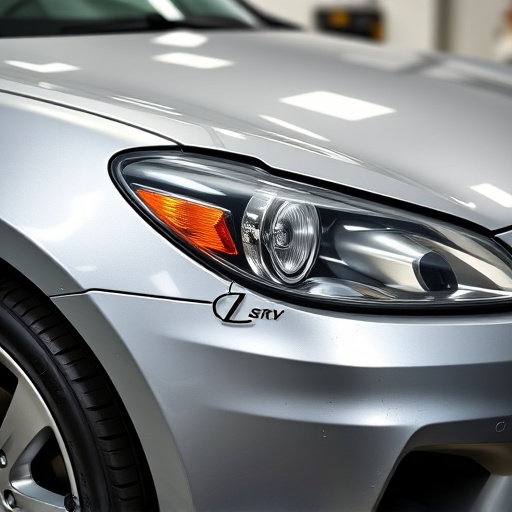
After a crash, assessing the damage to your vehicle is crucial before deciding whether to visit a car body shop. While minor dents and scratches might be repairable at home or through minor touch-ups, more significant impacts often require professional attention. Look for signs such as misaligned panels, shattered glass, damaged or leaking fluids, and extensive paint flaws. If you notice any of these, it’s a clear indication that your vehicle needs thorough repairs, beyond what can be handled by an amateur.
In the case of classic cars or vehicles with intricate designs, assessing damage becomes even more critical. Classic car restoration involves meticulous craftsmanship to preserve historical integrity, so even small mistakes can devalue the vehicle. If you own such a car, consulting with a car body shop specializing in automotive restoration is advisable. They have the expertise and tools needed to accurately assess and repair your classic or luxury vehicle, ensuring it retains its original beauty and value.
The Process: What to Expect at a Body Shop
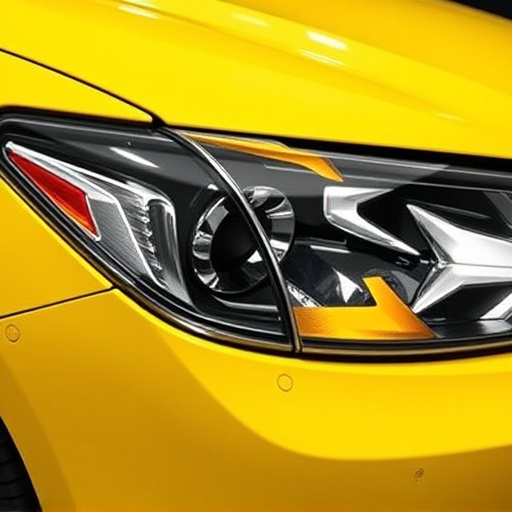
When you bring your damaged vehicle to a car body shop after a crash, expect a meticulous process designed to restore it to its pre-accident condition. The journey begins with an assessment where skilled technicians inspect every detail, from dents and scratches to structural integrity. This step is crucial as it determines the extent of the repair needed, ensuring no hidden damage goes unnoticed.
Once the evaluation is complete, the body shop will provide a detailed estimate outlining the vehicle collision repair process. This includes tasks such as painting, paneling, and mechanical adjustments. Automotive body work requires precision, and the shop’s specialists use advanced equipment to ensure each component is accurately replaced or repaired. The final touch involves quality control checks to guarantee that every fix meets high standards, ensuring your vehicle not only drives but also looks like new.
After a crash, knowing when to visit a car body shop is crucial for ensuring your vehicle’s safety and performance. By understanding damage signs and the repair process, you can make informed decisions. Remember, a professional car body shop is essential for restoring your vehicle to its pre-accident condition, providing peace of mind on the road.
